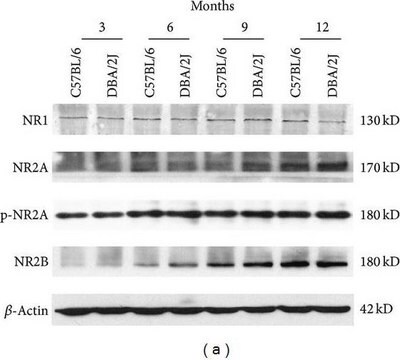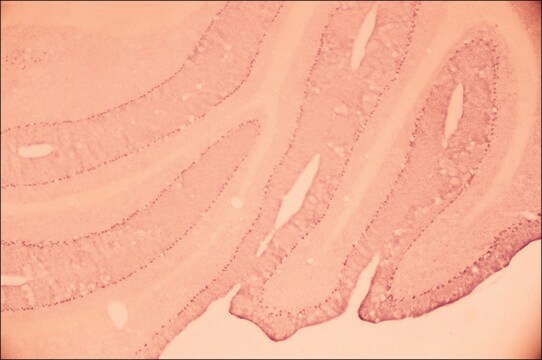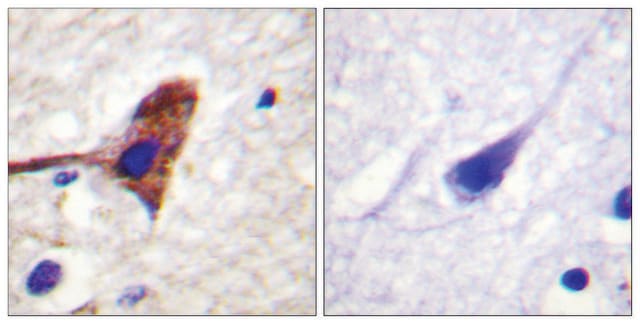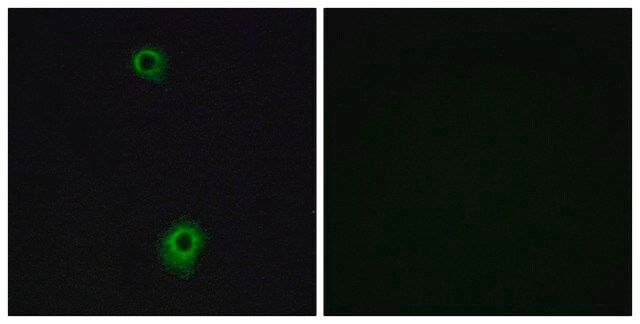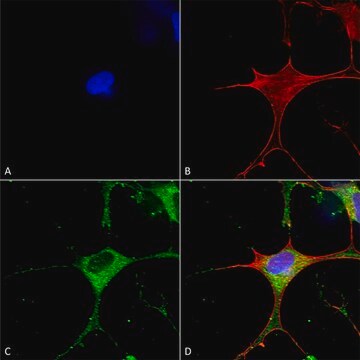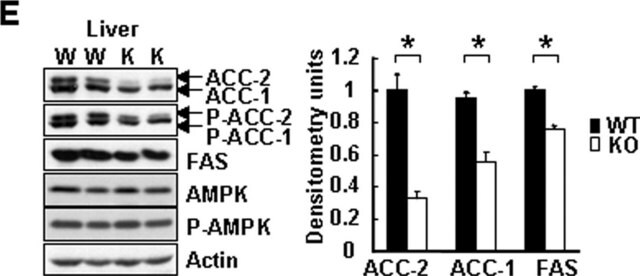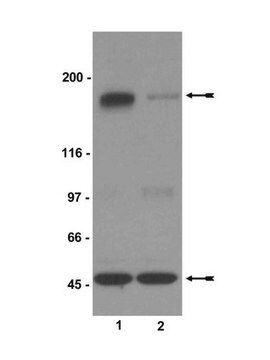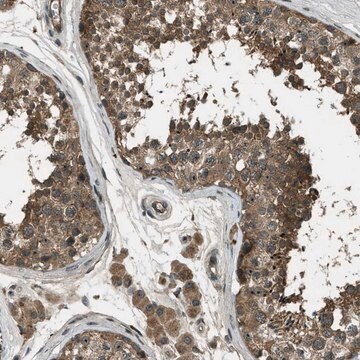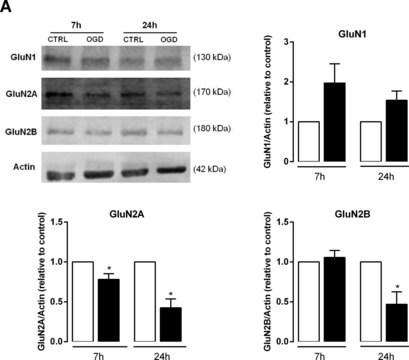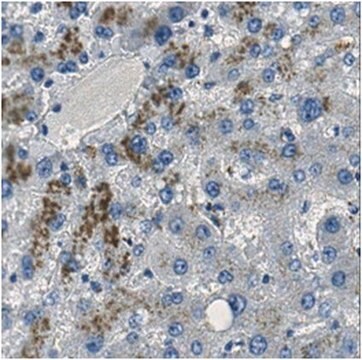454582
Anti-NMDAR 2B (984-1104) Rabbit pAb
lyophilized, Calbiochem®
Sinónimos:
Anti-N-Methyl-D-Aspartate Receptor 2B-Subunit
About This Item
Productos recomendados
origen biológico
rabbit
Nivel de calidad
forma del anticuerpo
purified antibody
tipo de anticuerpo
primary antibodies
clon
polyclonal
Formulario
lyophilized
no contiene
preservative
reactividad de especies
rat, fish, mouse, human
fabricante / nombre comercial
Calbiochem®
condiciones de almacenamiento
OK to freeze
isotipo
IgG
Condiciones de envío
ambient
temp. de almacenamiento
−20°C
modificación del objetivo postraduccional
unmodified
Descripción general
Inmunógeno
Aplicación
Immunohistochemistry (1:1000-1:2000)
Immunoprecipitation (see comments)
Advertencia
Forma física
Reconstitución
Otras notas
Petralia, R.S., et al. 1994. J. Neurosci.14, 6102.
Ishii, T., et al. 1993. J. Biol. Chem.268, 2836.
Monyer, H., et al. 1992. Nature256, 1217.
Información legal
¿No encuentra el producto adecuado?
Pruebe nuestro Herramienta de selección de productos.
Código de clase de almacenamiento
11 - Combustible Solids
Clase de riesgo para el agua (WGK)
WGK 1
Punto de inflamabilidad (°F)
Not applicable
Punto de inflamabilidad (°C)
Not applicable
Certificados de análisis (COA)
Busque Certificados de análisis (COA) introduciendo el número de lote del producto. Los números de lote se encuentran en la etiqueta del producto después de las palabras «Lot» o «Batch»
¿Ya tiene este producto?
Encuentre la documentación para los productos que ha comprado recientemente en la Biblioteca de documentos.
Nuestro equipo de científicos tiene experiencia en todas las áreas de investigación: Ciencias de la vida, Ciencia de los materiales, Síntesis química, Cromatografía, Analítica y muchas otras.
Póngase en contacto con el Servicio técnico